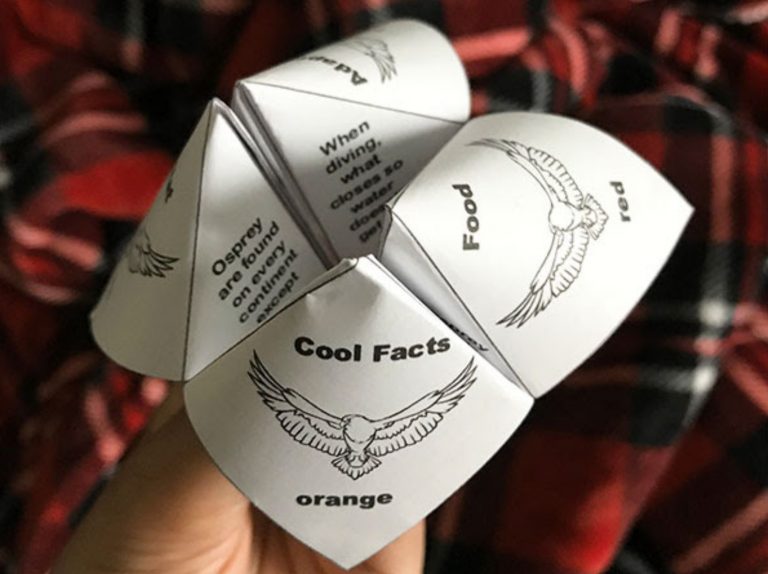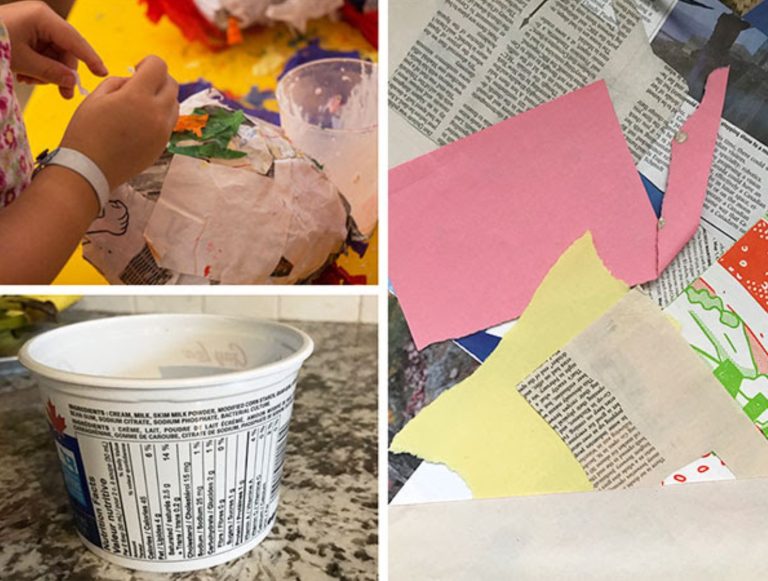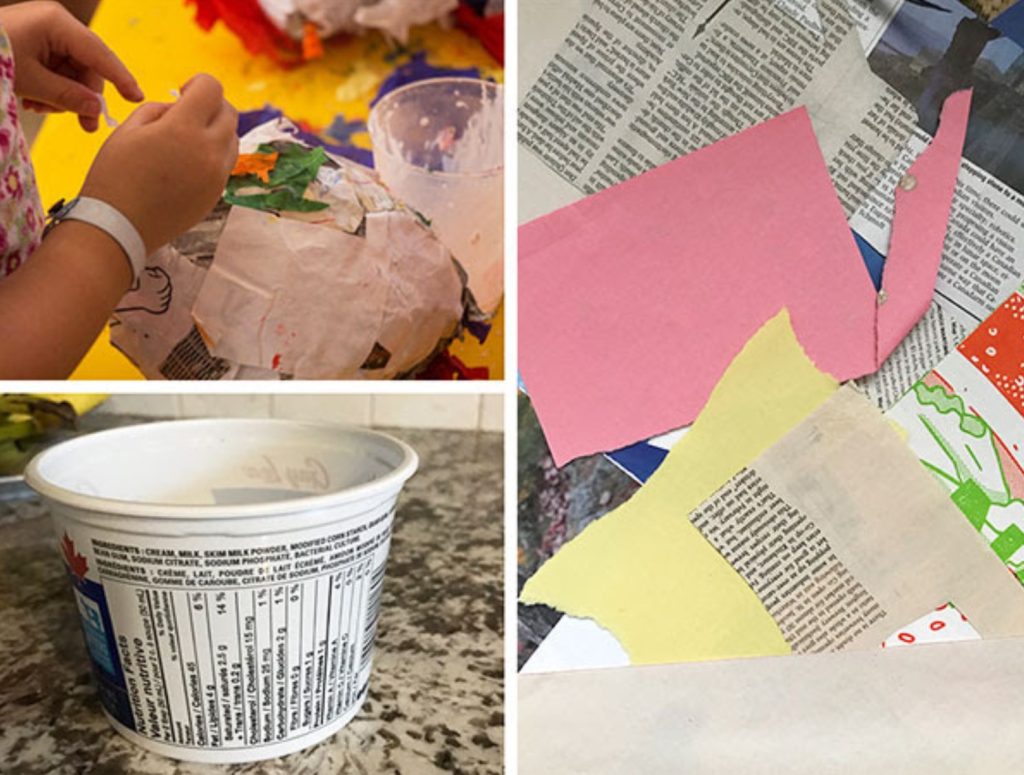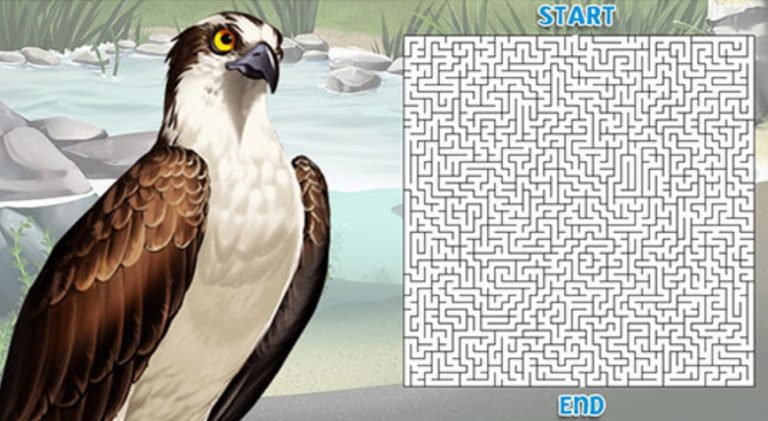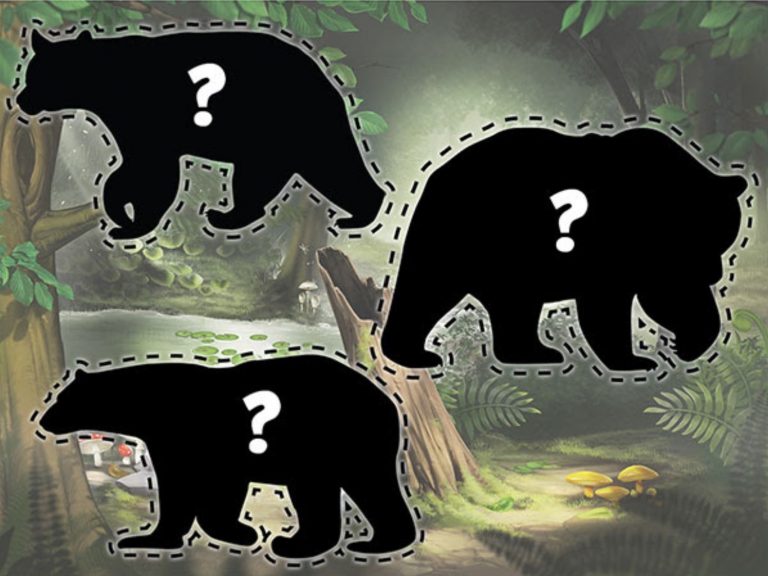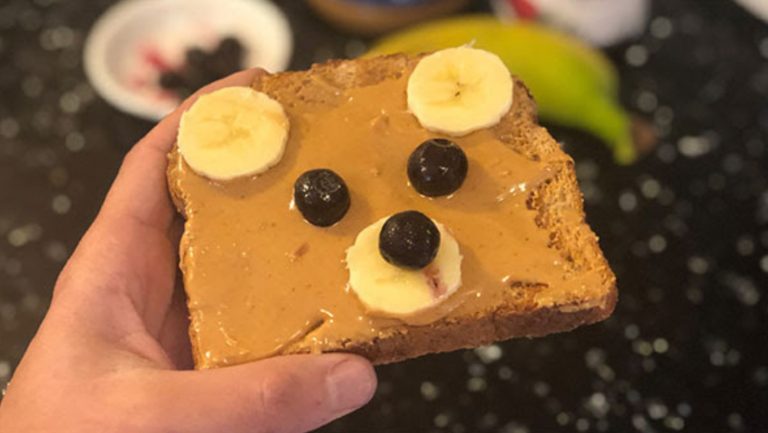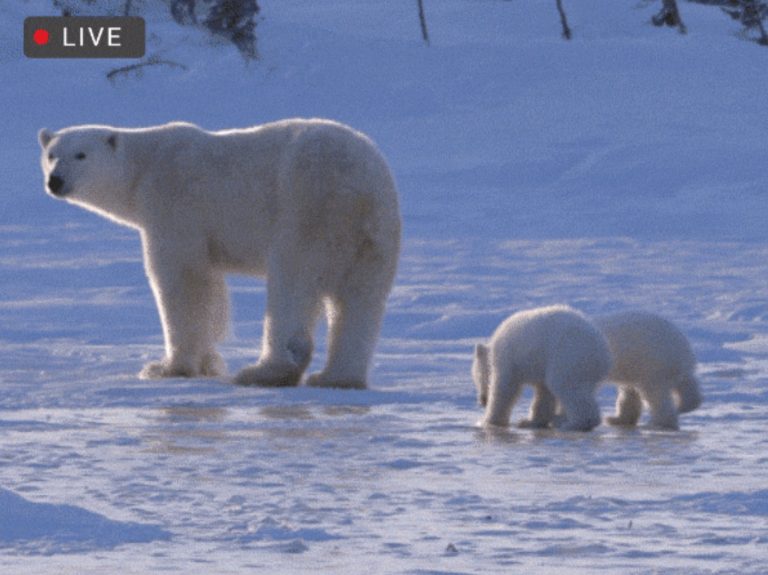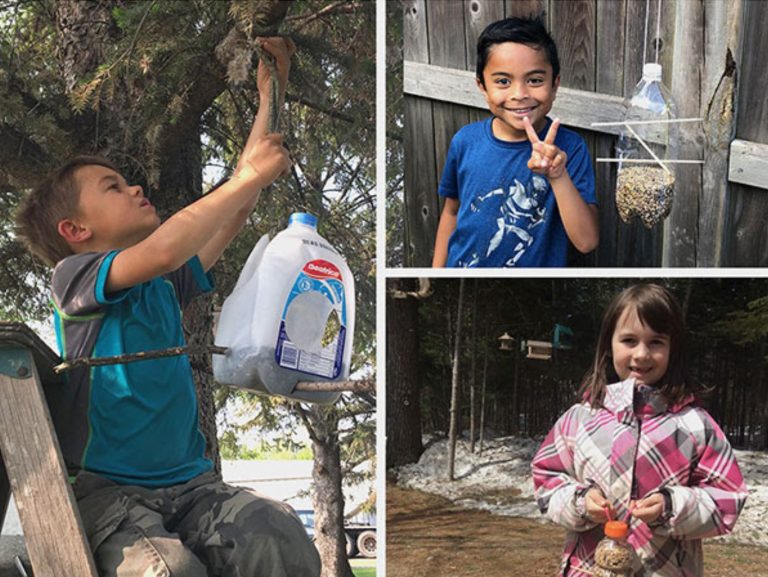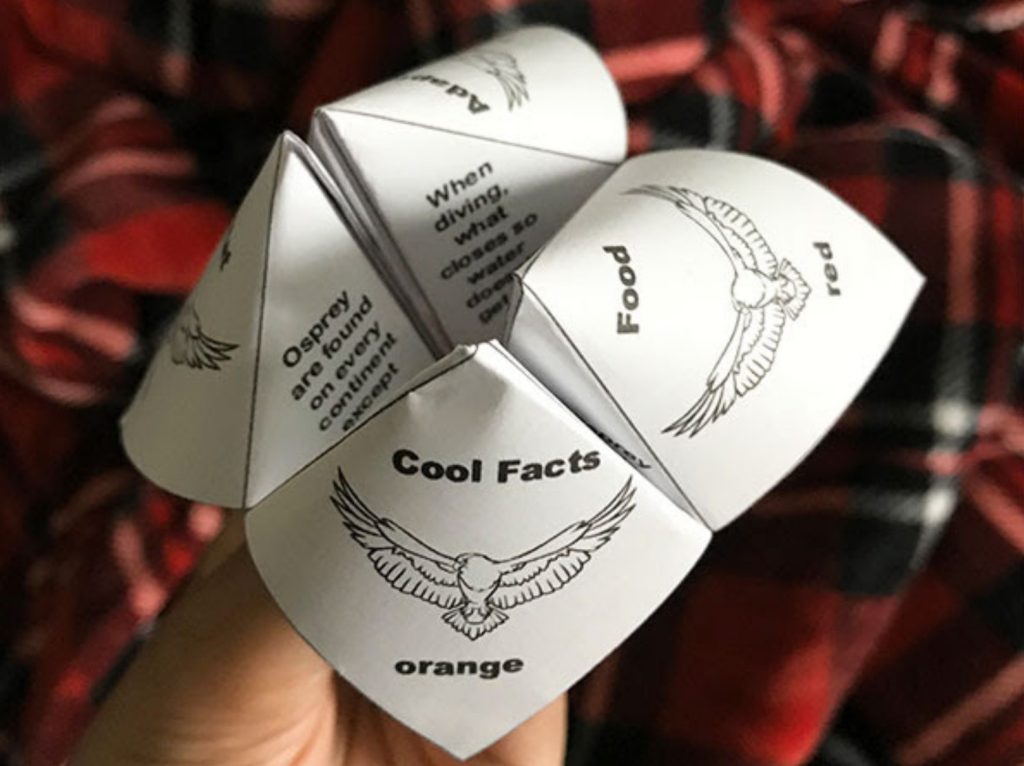
A Nest FULL of Outstanding Osprey Opportunities
Ospreys are large predatory birds found on every continent except Antarctica. They’re known to be great fishers: they dive feet first from up to 40 meters high to grab unsuspecting fish. Their strong wings give them extra lift to fly up and out of the water. We Earth Rangers think they are so outstanding that we couldn’t stop dreaming up awesome at-home activities to celebrate this magnificent migratory bird. Today we’ve got 3 for you to tackle:

- Print out and colour the fact-catcher.
- Cut around the outside of the square.
- Flip the page over so the words and pictures face down.
- Fold the paper diagonally in both directions, then unfold.
- Using the lines as a guide, fold each corner of the paper toward the center.
- Turn the paper over so the folded sides are face down.
- Again, fold all the corners to the center.
- Fold it in half, top to bottom, and then unfold.
- Fold it in half again, left to right, and unfold.
- Using your thumb and forefingers in the flap pockets, squeeze all four sides towards each other.
Click the image below to download this activity!


Did you know ospreys have an average wingspan of 5 feet?! They have no troubles carrying a heavy fish! Draw the other half of the osprey’s wing and tail. Finish by colouring it in!
Click the image below to download this activity!
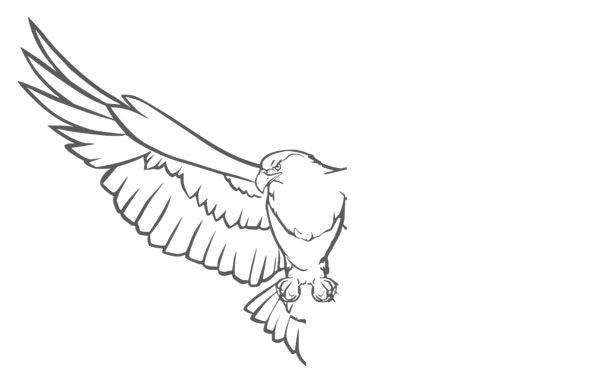

Still as hungry for osprey facts as they are for underwater prey? Use the word bank to finish the crossword puzzle to learn even more! For a challenge, try filling it in without peeking at the word bank.
Click the image below to download this activity!


Did you hear that Earth Rangers are helping fund the Meadoway Project? It’ll be a 16 km stretch of greenspace and meadowlands through Toronto, providing habitat for migratory ospreys! Learn how your family can get involved through our Wildlife Adoptions Program in support of the Osprey in the Earth Rangers App! Plus, for a limited time in support of Earth Month, digital adoption kits are 50% off!
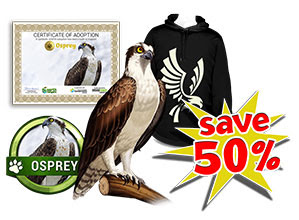
Share your #EarthMonthforAnimals pics of your completed activites!



